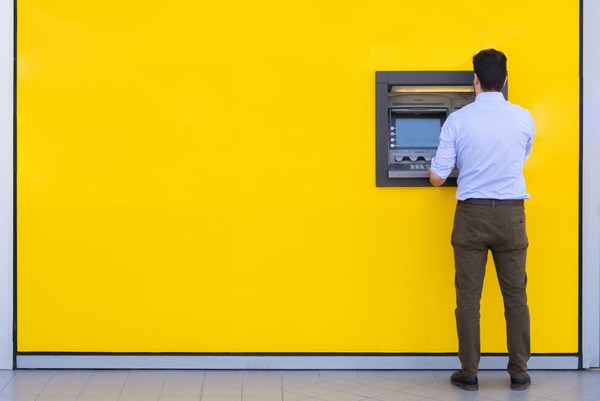A bank account is a basic financial service that most people use regularly, without giving much thought. You can put your cash in these accounts, use a debit card or ATM to withdraw cash, pay bills, and save for the long-term.
But it’s worth taking a moment to review the fundamental nature of different bank account types to understand the all available features and additional benefits.
Checking Account
Checking accounts are one of the most common types of bank accounts. The primary intent of a checking account is to facilitate routine day-to-day transactions such as making purchases and accepting deposits like your paycheck. Checking accounts offer higher transaction limits, withdrawal limits, and normally come with very low or non-existent interest rates, but can incur fees if your balance is very low.
Pros of a checking account
- Unlimited financial transactions
- Easy to get money in and out
- Facilitate bill payments, direct paycheck credit
Cons of a checking account
- Very low or no interest rate
- Failing to meet the minimum balance might incur penalty charges
Savings Account
Savings accounts are ideal for money that is kept for long-term purposes. These accounts come with a comparatively higher interest rate and award customers for long-term deposits. Savings accounts have monthly withdrawal limits and might incur an additional fee for frequent withdrawals.
Pros of savings account
- The money in your savings account does not have a lock-in period like time deposits.
- You can easily access your money through a call or by transferring it to a checking account.
- You can earn nominal interest using savings accounts throughout your life.
Cons of savings account
- The interest rates are variable in a savings account and must be monitored to ensure your money keeps pace with inflation
- Limited number of withdrawals or transfers per month
- Since savings accounts do not come with a lock-in period, you might get tempted to spend the money.
High-Yield Savings Account
High-yield savings account have become popular in recent years. They offer higher interest rates, unlike a regular savings account, up to 2.40% interest when compared to 0.10% offered by regular savings accounts.
Pros of high-yield savings account
- These accounts with higher interest rates and insurance cover for deposits of up to $250,000.
- Easy to open and operate an online high-yield savings accounts.
Cons of high-yield savings account
- Some financial institutions might require a minimum initial deposit to earn interest
- May have a tiered interest rate, requiring you to maintain a higher balance for earning the highest interest rates
- The highest-yielding accounts are typically offered online and have no branches you can visit in person
Money Market Account
Money market accounts aim to offer the features of both checking accounts and savings accounts. MMAs come with higher interest rates than traditional savings account while providing features such as check writing, insurance of the deposits.
Pros of money market accounts
- MMAs offer higher interest rates along with the ability to access funds easily
Cons of money market accounts
- The introduction of high-interest savings accounts is taking away the attention from money market accounts. Using effective strategies such as a CD ladder could help outgrow the benefits of MMAs.
- MMAs require a large minimum account balance.







